An Economic History of the United States
An Economic History of the United States
Conquest, Conflict, and Struggles for Equality
Frederick S. Weaver
ROWMAN & LITTLEFIELD
Lanham Boulder New York London
For Sharon
Executive Editor: Jon Sisk
Associate Editor: Natalie Mandziuk
Marketing Manager: Kim Lyons
Production Editor: Janice Braunstein
Published by Rowman & Littlefield
A wholly owned subsidiary of The Rowman & Littlefield Publishing Group, Inc.
4501 Forbes Boulevard, Suite 200, Lanham, Maryland 20706
www.rowman.com
Unit A, Whitacre Mews, 26-34 Stannary Street, London SE11 4AB, United Kingdom
Copyright 2016 by Rowman & Littlefield
All rights reserved. No part of this book may be reproduced in any form or by any electronic or mechanical means, including information storage and retrieval systems, without written permission from the publisher, except by a reviewer who may quote passages in a review.
British Library Cataloguing in Publication Information Available
Library of Congress Cataloging-in-Publication Data
Weaver, Frederick Stirton, 1939
An economic history of the United States : conquest, conflict, and struggles for equality / Frederick S. Weaver.
pages cm
Includes bibliographical references and index.
ISBN 978-1-4422-5519-7 (cloth : alk. paper) ISBN 978-1-4422-5723-8 (pbk. : alk. paper) ISBN 978-1-4422-5520-3 (electronic)
1. United StatesEconomic conditions. I. Title.
HC103.W374 2016
330.973dc23
2015031856
 The paper used in this publication meets the minimum requirements of American National Standard for Information SciencesPermanence of Paper for Printed Library Materials, ANSI/NISO Z39.48-1992.
The paper used in this publication meets the minimum requirements of American National Standard for Information SciencesPermanence of Paper for Printed Library Materials, ANSI/NISO Z39.48-1992.
Printed in the United States of America
Contents
Introduction Some Initial Definitions and Organizational Strategies
I seek to illuminate the constant, irrepressible historical movement and transformation of the United States. My approach, which I call political economy, emphasizes the relationships among economic forces, alterations in social-class structure, and government policy. At times changes in one of these aspects govern changes in others, and the direction of influence can vary. My emphasis on political economy is often deliberately provocative, but this does not mean that I believe that political economy is all there was and is to historical explanation. Nevertheless, without a sound grasp of the historically changing character of the political economy, it is extremely difficult to figure out, say, the roles of institutions, culture, individual attitudes, contingency, and their significance.
A second conviction expressed in this books organization and analysis is the need for comparative history. Much of U.S. history is written in terms of national exceptionalism and uniqueness, an approach I consider to be self-aggrandizing and misleading. U.S. history is exceptional, but no more than any other nations history. Moreover, the United States has been and continues to be firmly embedded in the world, and although many U.S. leaders have tried to deny or reduce this embeddedness, there is no getting away from it. Comparative perspectives are critical for controlling generalizations about the United States and for identifying the significance of events and tendencies.
As I have argued in different contexts, the character of capitalist industrialization changes historically. Nevertheless, there are basic, enduring features that are integral to capitalisms very definition. Capitalism does presuppose markets for the exchange of commodities (goods and services produced for sale on markets rather than for direct use). But commodities, whether circulating in world or local markets, have been produced over the centuries under conditions of almost every imaginable set of social relations between producers and nonproducers; for example, slaves dealing with masters, serfs dealing with lords, independent peasants and craftspeople dealing with merchants and political elites, and wage workers dealing with owners/employers. Since each relationship between producer and nonproducer possesses distinctive contradictions and sources of motion, mistaking the presence of commodity markets as evidence of the existence of capitalism is likely to misdirect analysis concerning the key points of conflict and change.
Three sets of social and political relations underlie capitalist social and economic orders. The central relationship and major source of contradictions and change in industrial capitalism is the wage-labor system, the capital-labor relationship. This is the perpetual struggle between propertyless workers, who have only their labor services to sell, and the propertied classes and their agents who control the means of production (for example, plant, equipment, land, mines) and purchase labor services, which had become commodities bought and sold in markets.
The second major source of dynamism and change in industrial capitalism is the capital-capital relationship: profit-motivated private firms compete with each other in product markets to realize profits. Are firms in direct and immediate price competition with each other? Do some firms have state-enabled protections from domestic and foreign competition? Do three or four large firms dominate the market for a particular product and compete mostly through product differentiation and advertising? Each one of these types of market competition expresses a particular industrial organization and a distinctive style of capital-capital relationship.
Contradictions and conflicts within the capital-labor and capital-capital relationships are the main driving forces of capitalism. The two sets of relationships are set in national political frameworks with shifting Public Sectorcitizen interactionsthe third set of social and political relations capable of altering power balances and affecting the directions of social and economic change.
Again, contradiction and conflict, not harmony, are inherent in capitalist societies and are the moving forces behind social, political, and economic change. A frequent way to avoid acknowledging conflict and struggle is to use the nation as a unit of analysis. For example, introductory economics textbooks assure us that the benefits from national specialization and international trade among nations are parallel to the argument that specialization among individuals within a nation leads to mutually beneficial exchange. The theory of comparative advantage treats nations as indivisible units, comparable to an individual. But the reality is that nations are not harmonious collections of individuals; they comprise groups with conflicting and contradictory interests. This means that a nation does not benefit or lose through international commerce but rather that some groups in the nation benefit at the expense of others. To deny such complexity is to risk conclusions that serve some groups and disadvantage other groups. Winners may gain enough from vibrant international trade to be able to compensate losers and still be ahead, but without political mechanisms able to achieve this compensation, such a calculation could easily degenerate into winner-supporting apologetics. Arithmetic models based on relative prices and national units are not adequate for a rigorous analysis of the benefits and losses from international trade.
Within the economy, I focus on manufacturing activityon the way that it has developed and affected and been affected by social structure and government policy. It was only during the nineteenth and twentieth centuries that a strong consensus of intellectuals and political leaders thought a successful program of industrialization was necessary for national strength and prosperity. That is, they looked to the development of a manufacturing sector capable of self-generating expansion and stimulating activity in other sectors. While use of the term industry often includes construction, utilities, and even mining, my focus is on manufacturingthe economic activity that transforms physical goods into other goods. This may be raw cotton turned into yarn, turned into textiles, turned into apparel, or it may be iron ore and coal turned into steel, turned into washing machines, lawn mowers, automobiles, and GPS-guided bombs. Manufacturing does not include the production of the raw cotton (agriculture) or of iron ore and coal (mining), nor does it include the transportation (transport and communication) and sale of the clothing (retail) or the use of the lawn mower by a landscaping company (service).


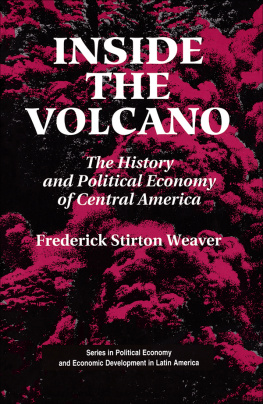

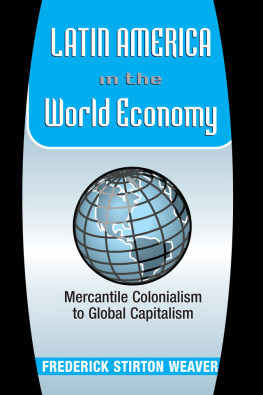
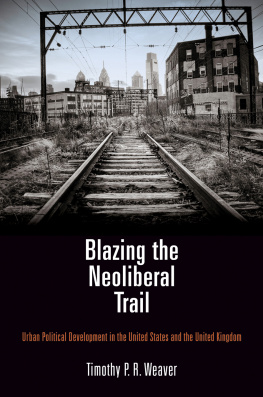


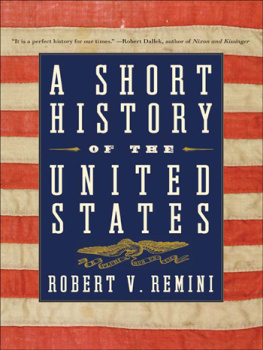
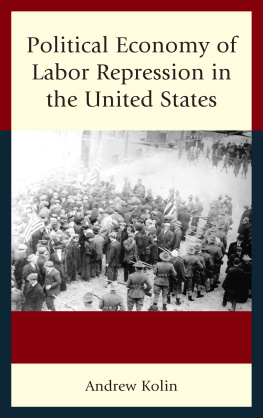
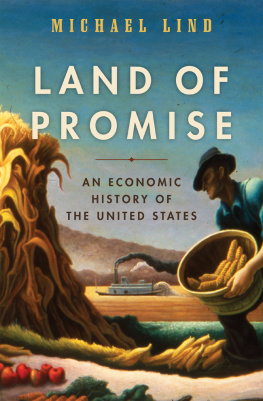
 The paper used in this publication meets the minimum requirements of American National Standard for Information SciencesPermanence of Paper for Printed Library Materials, ANSI/NISO Z39.48-1992.
The paper used in this publication meets the minimum requirements of American National Standard for Information SciencesPermanence of Paper for Printed Library Materials, ANSI/NISO Z39.48-1992.